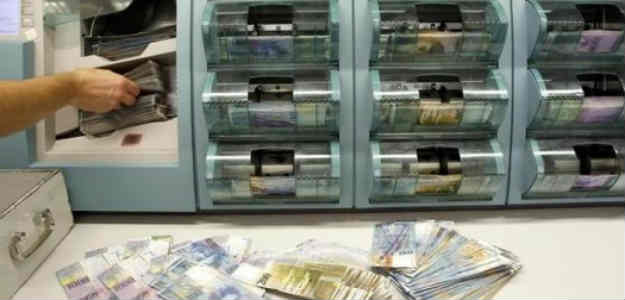
India’s forex reserves to fall below $600 billion by end-April, if falling trend continues
India’s foreign exchange (FX) reserves have fallen over $30 billion since Russia invaded Ukraine on February 24, and if the recent trend continues, then it will close out April below the $600 billion mark.
For seven consecutive weeks, India’s import cover has fallen.
According to the Reserve Bank of India’s weekly statistical supplement data, it is down nearly 5 per cent, or $31.104 billion, since the February 25 week data.
During this period, India also witnessed its steepest weekly dip in FX reserves on record – by nearly $12 billion in the week that ended on April 1.
For the latest reported week, April 22 – the country’s forex reserves fell by $3.271 billion to $600.423 billion in the week ended April 22, compared to $631.527 billion reported for the February 25 week.
Russia invaded Ukraine on February 24, something Moscow calls “a special operation in Ukraine,” and the West termed it the most significant attack on a European State since World War Two.
For India to build its FX reserves to above $630 billion, it took almost a year, but the global energy crisis from the Ukraine war has hurt the country’s currency and its import cover, wiping out over $30 billion.
That suggests the RBI keeps selling dollars to prevent a slide in the value of the rupee amid the ongoing Russia-Ukraine conflict.
Indeed, the rupee has slumped as the dollar has surged over two-decade highs on aggressive US Federal Reserve posturing to combat more than 40-year high inflation.
While currency weakness typically benefits exports, the equation may not hold when inflation is high and rising, which is the current global scenario.
The double whammy from the rupee weakening and crude surging to above $100 per barrel has weighed on India because it depends on imports for 85 per cent of its oil needs.
The rule of thumb is that a firmer greenback makes dollar-denominated commodities costlier for consumers who use other currencies, eventually subduing demand and prices.
But the energy crisis from the Russia-Ukraine crisis has not abated. If anything, it has escalated further after Russia turned off its gas taps to Eastern Europe, demanding rouble payments in response to Western countries’ sanctions on Moscow.
What started as the worst-case scenario of widening external balances, imported inflation, and higher interest rates is fast becoming a base case for India.
The dollar’s race to two-decade highs is leaving a trail of destruction in its wake, exacerbating inflation in other countries and tightening financial conditions just as the world economy confronts the prospect of a slowdown in growth.
This year’s 8 per cent gain for the greenback against a basket of currencies is driven partly by bets that the US central bank will raise interest rates faster and further than other developed countries and partly by its status as a safe haven in times of turbulence.
Read More:What Took A Year To Build, Wiped Out In Just 2 Months; India’s FX Reserves To Fall Below $600 Billion
2022-04-30 10:12:07
